If, as the adage goes, readers experience a thousand lives before they die, then readers of translated literature experience a thousand cultures without ever leaving their armchair. Set in Canada, India, Finland, Italy, and Jordan, here is a selection of international reads recommended by our staff for the newsletter. Get ready to be transported!
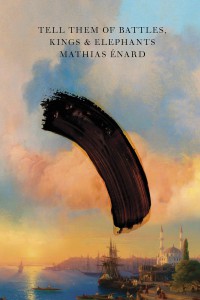
The year is 1506. The great artist Michelangelo is furious at his stingy patron the Pope, “the bellicose pontiff who had thrown him out like a beggar.” But as one door closes, another opens in the form of an invitation from the Sultan of Constantinople to come to his city and design a bridge to cross the Golden Horn. Tell Them of Battles, Kings & Elephants, written by Mathias Énard and translated by Charlotte Mandell, is a feat of richly-imagined historical fiction that tells the tale of this sculptor’s journey. Michelangelo is abstemious and driven, consumed by his art and ego. But he soon succumbs to the charms of cosmopolitan Constantinople, its sounds and smells, its poets and performers. Yet dark forces conspire to thwart the artist from completing his designs. Intrigue. Assassins. Daggers in the night. Will Michelangelo complete his bridge and join cultures and continents? What will be the legacy of his journey? You’ll have to read it to find out.
—Kent Kosack, Director of Educational Arm
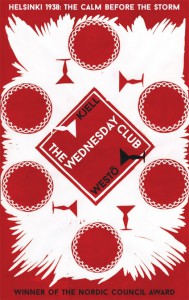
Kjell Westö’s novel The Wednesday Club, translated from the Swedish by Neil Smith, takes us to Helsinki in 1938–ten years after the Finnish Civil War. The Second World War has not yet started, but Hitler and his policies are already a recurring discussion topic far beyond Nazi Germany. Lawyer and recent divorcee Claes Thune wants to keep the gentleman’s club with his three friends amicable but not only the world around them but also the past keeps intruding. As some of the friends start drifting apart, Thune finds a friend in his new secretary Matilda Wiik. But why is she so secretive about her background? Westö is one of the most highly praised Swedish-language writers in Finland. Although he writes poetry and short stories as well, it’s with his novels set in twentieth century Helsinki that he has truly established himself as a writer. Readers of the engaging and intriguing The Wednesday Club understand why.
—Eva Wissting, Editor-at-Large for Sweden
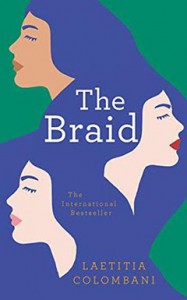
Smita sends her daughter to the village school in Badlapur for the first time, an action that sets a daring journey in motion. Guila works in her family’s wig workshop, the House of Lanfredi in Palermo, but soon receives news that changes the course of their business forever. In Montreal, a successful lawyer, mother of two, and woman who has it all, Sarah’s priorities are about to shift dramatically. Laetitia Colombani’s The Braid, published by Picador in 2019, interlaces the stories of Smita, Guila, and Sarah—each on the precipice of change. Cinematic in scope and expertly translated from French by Louise Rogers Lalaurie, it is ideal for binge reading. Set in the present day, the alternating perspectives flow seamlessly and are further linked through a poem. Colombani creates a deeply personal tale of women building new paths upon generations of faith, culture, and tradition, while revealing unexpected ways in which our modern lives intersect.
—Mary Hillis, Educational Arm Assistant READ MORE…

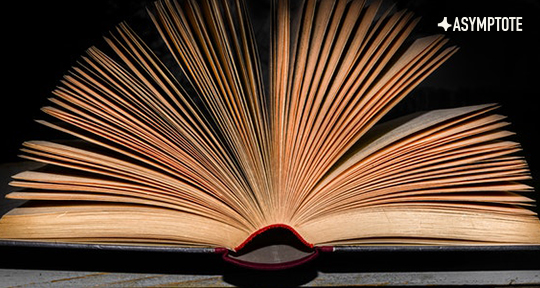
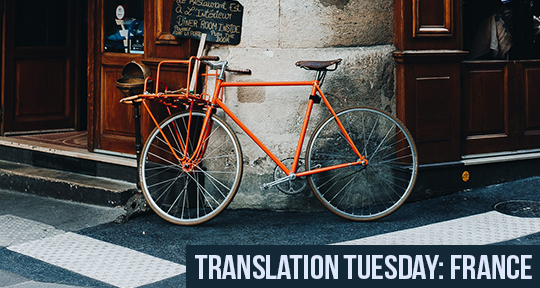
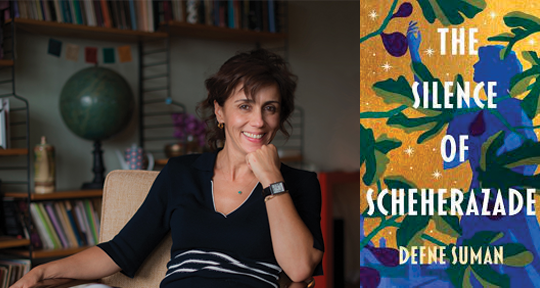
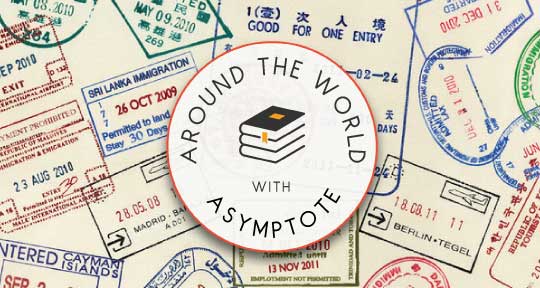

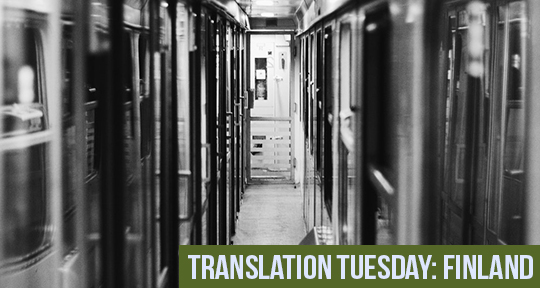

Radical Reading: Sara Salem Interviewed by MK Harb
I’ve increasingly thought more about what generous, kind, and vulnerable reading might look like instead.
At the height of the pandemic, I—like so many of us—looked for new sources of intrigue and intellectual pleasure. This manifested in finding Sara Salem’s research and reading practice, Radical Reading, which was a discovery of sheer joy; Salem views books and authors as companions, each with their own offerings of certain wisdom or radical thought. When she shares these authors, she carries a genuine enthusiasm that they might come with some revelation.
I interviewed Salem as she sat in her cozy apartment in London wrapping up a semester of teaching at the London School of Economics. We discussed our lockdown anxieties and our experiences with gloomy weather until we arrived at the perennial topic: the art of reading. The interview continued through a series of emails and transformed into a beautiful constellation of authors, novelists, and activists. In what follows, Salem walks us through the many acts of reading—from discussing Angela Davis in Egypt to radicalizing publications in her own work, in addition to recommending her own selections of radical literature from the Arab world.
MK Harb (MKH): Reading is political, pleasurable, and daring. Inevitably, reading is engaged in meaning-making. How did you arrive at Radical Reading as a practice?
Sara Salem (SS): Some of my most vivid childhood memories are of spending long afternoons at home reading novels, and when I think back to those novels, I find it striking that so many of them were English literature classics. I especially remember spending so much time reading about the English countryside—to the extent that today, when I am there, or passing it on a train, I get the uncanny feeling that it’s a place I know intimately. Later, when I read Edward Said’s writing on Jane Austen and English literature more broadly—its elision, erasure, and at times open support of empire—it struck me that we can often read in ways that are completely disconnected from the lives we live. This tension was what first opened up entire new areas of reading that completely changed my life, among which was the history of empire across Africa; at the time I was living in Zambia, where I grew up, and often visited Egypt. Critical history books were probably my first introduction to what you call the practice of radical reading, of unsettling everything you know and have been taught in ways that begin to build an entirely different world.
I like that you say reading is engaged in meaning-making, because it has always been the primary way in which I try to make sense of something. Even more recently, as I’ve struggled with anxiety, reading above all became my way of grappling with what I was experiencing: what was the history of anxiety, how have different people understood it, and how have people lived with it? I realise, of course, that not everything can be learned from a book, but so far, I’ve found that what reading does provide is a window into the lives of people who might be experiencing something you are, making you feel less alone.
MKH: How do you reconcile reading for pleasure versus reading for academic and political insights? Do they intersect? Being idle has its own spatial practice of radicality at times, and I’m curious on how you navigate those constellations.
SS: This question really made me think! In my own life, I have always made the distinction of fiction as pleasure and non-fiction as academic/work-related. So, if I need to relax, or want to take some time off, I will instinctively reach for fiction, and if I want to start a new project, I think of which academic texts would be helpful. However, this began to change about five or six years ago, when I began to think more carefully about how fiction speaks to academic writing and research, as well as how non-fiction—unrelated to my own work—can be a great source of pleasure and relaxation. This has meant that they have begun to intersect much more, and it has enriched both my academic work and my leisure time. READ MORE…
Contributor:- MK Harb
; Language: - Arabic
; Places: - Egypt
, - Zambia
; Writers: - Ahdaf Soueif
, - Arwa Salih
, - Huda Tayob
, - Mahmoud Darwish
, - Sonallah Ibrahim
, - Thandi Loewenson
, - Waguih Ghali
; Tags: - intersectional feminism
, - migration
, - Race
, - radicalism
, - Reading
, - sexuality
, - social commentary